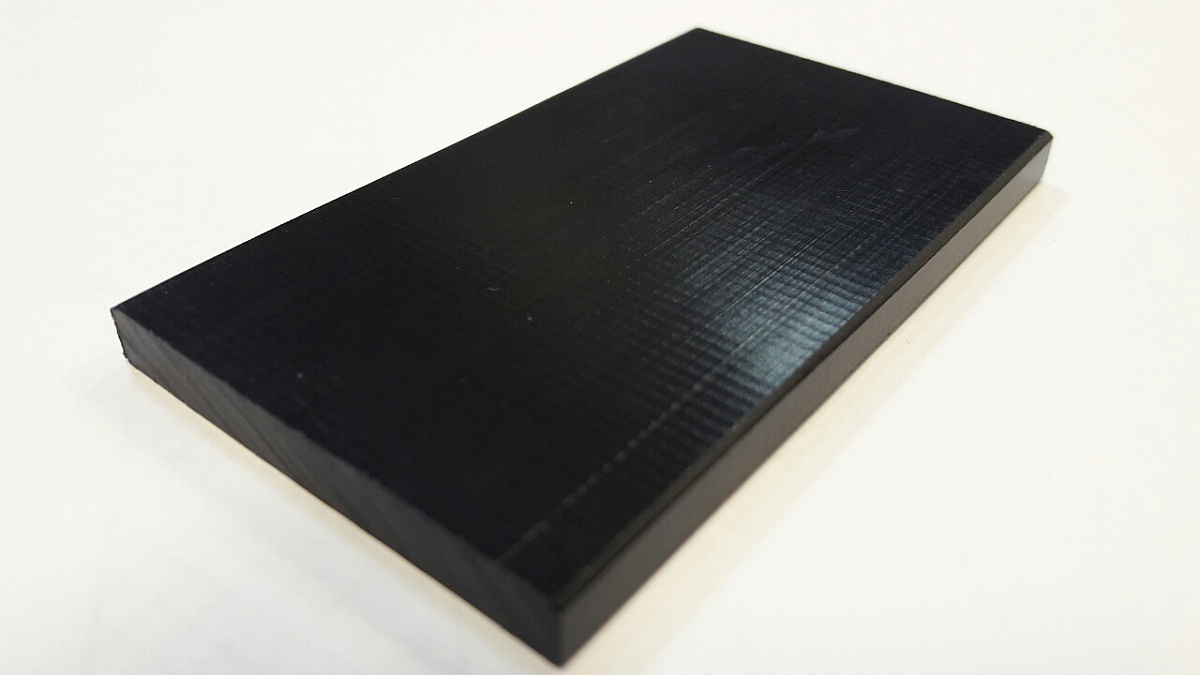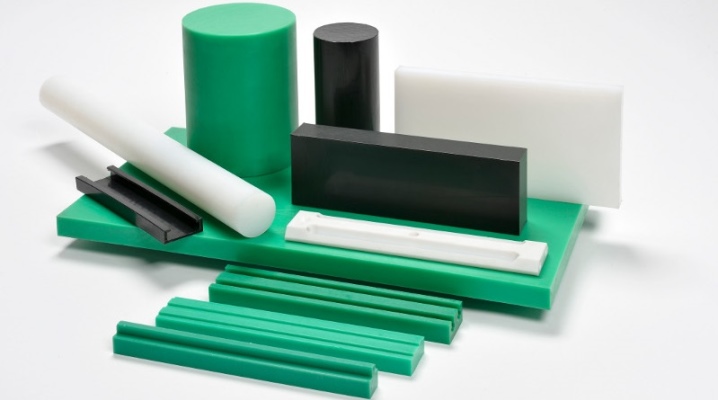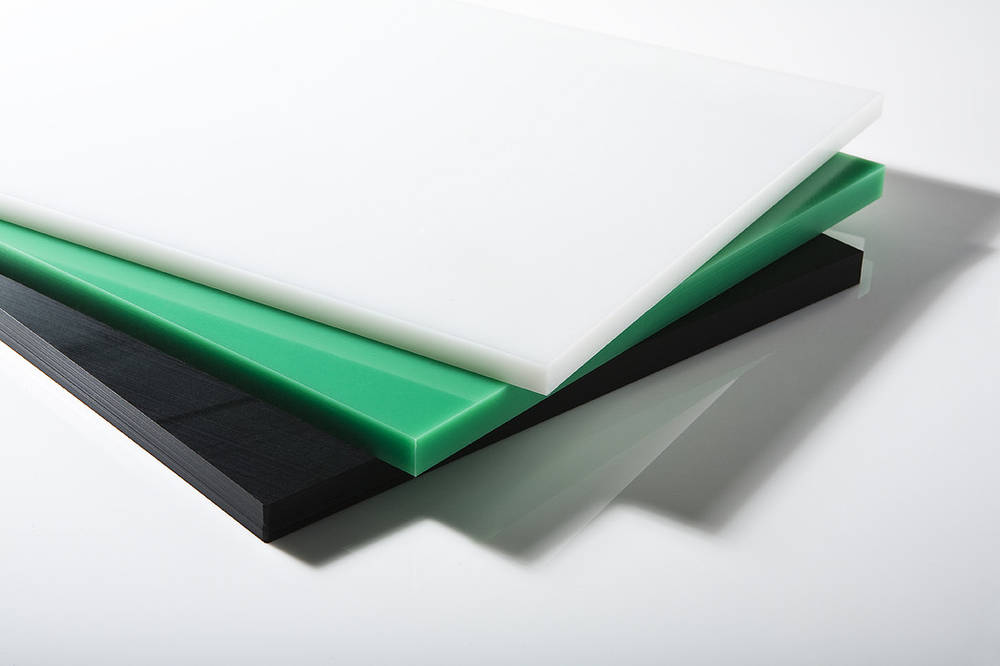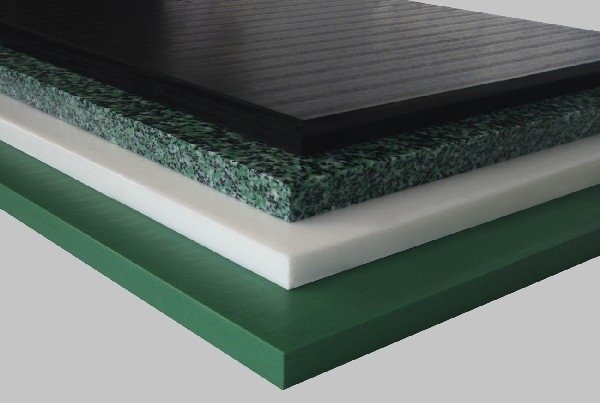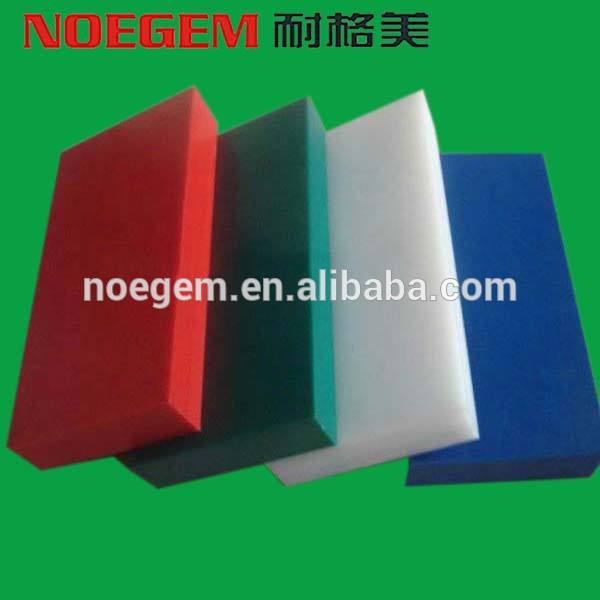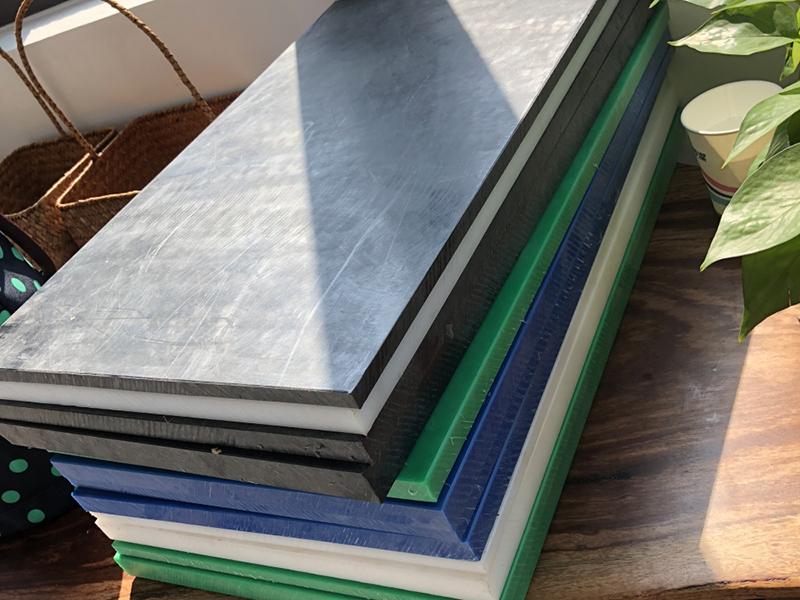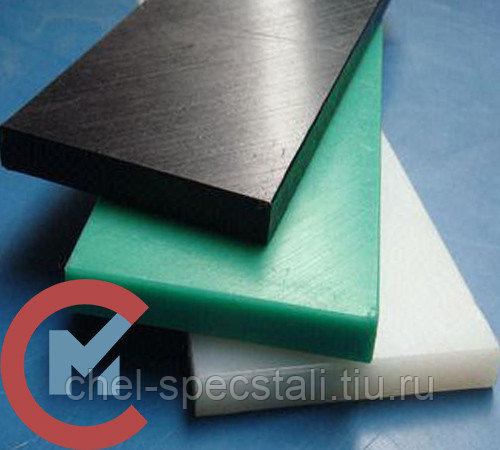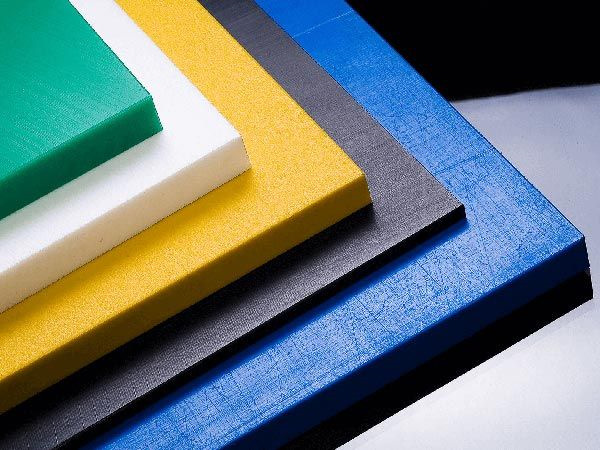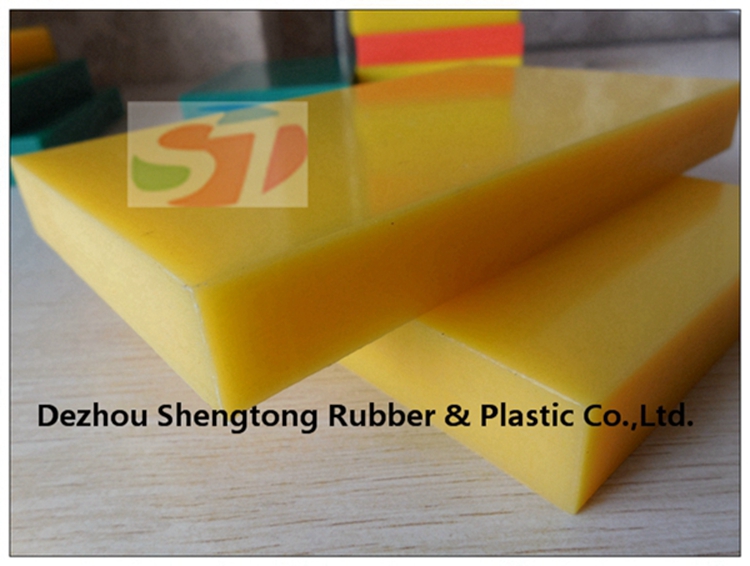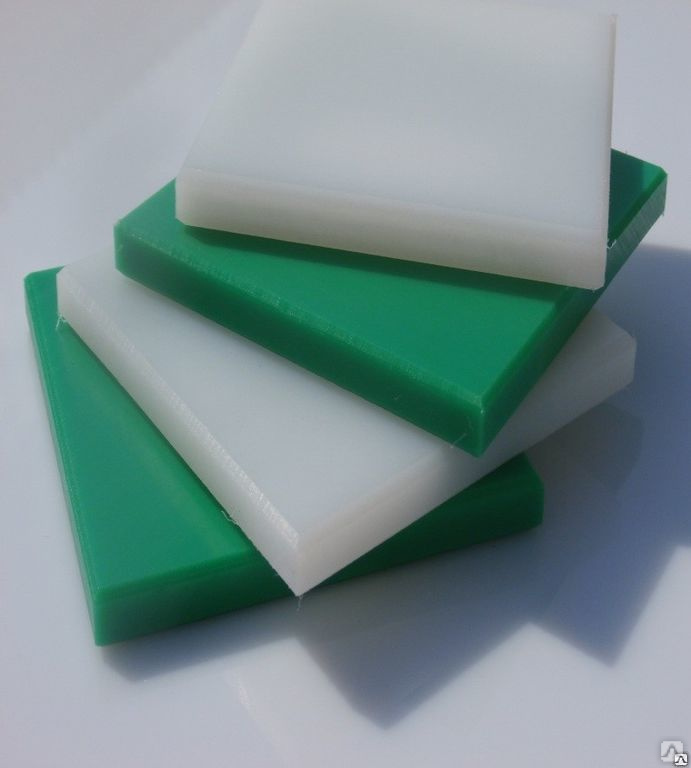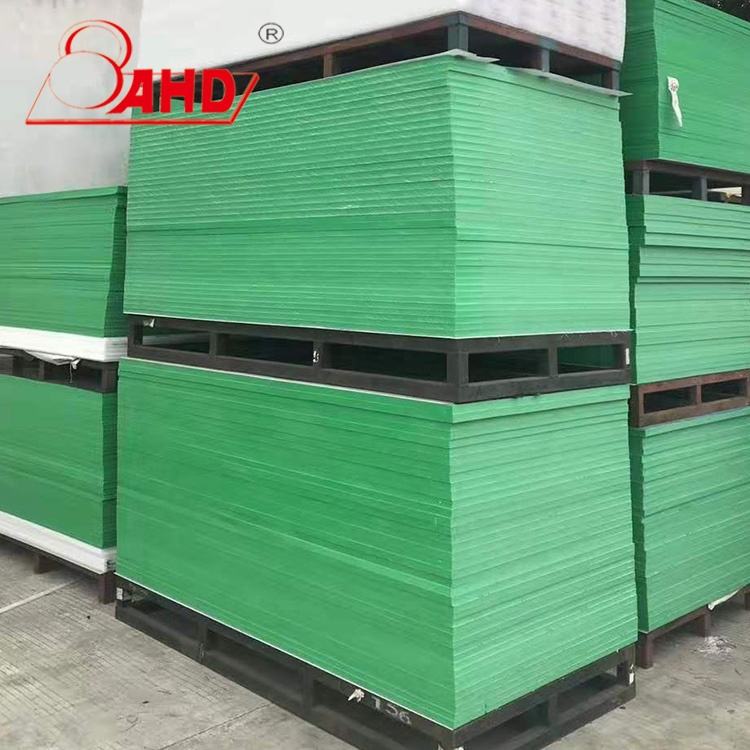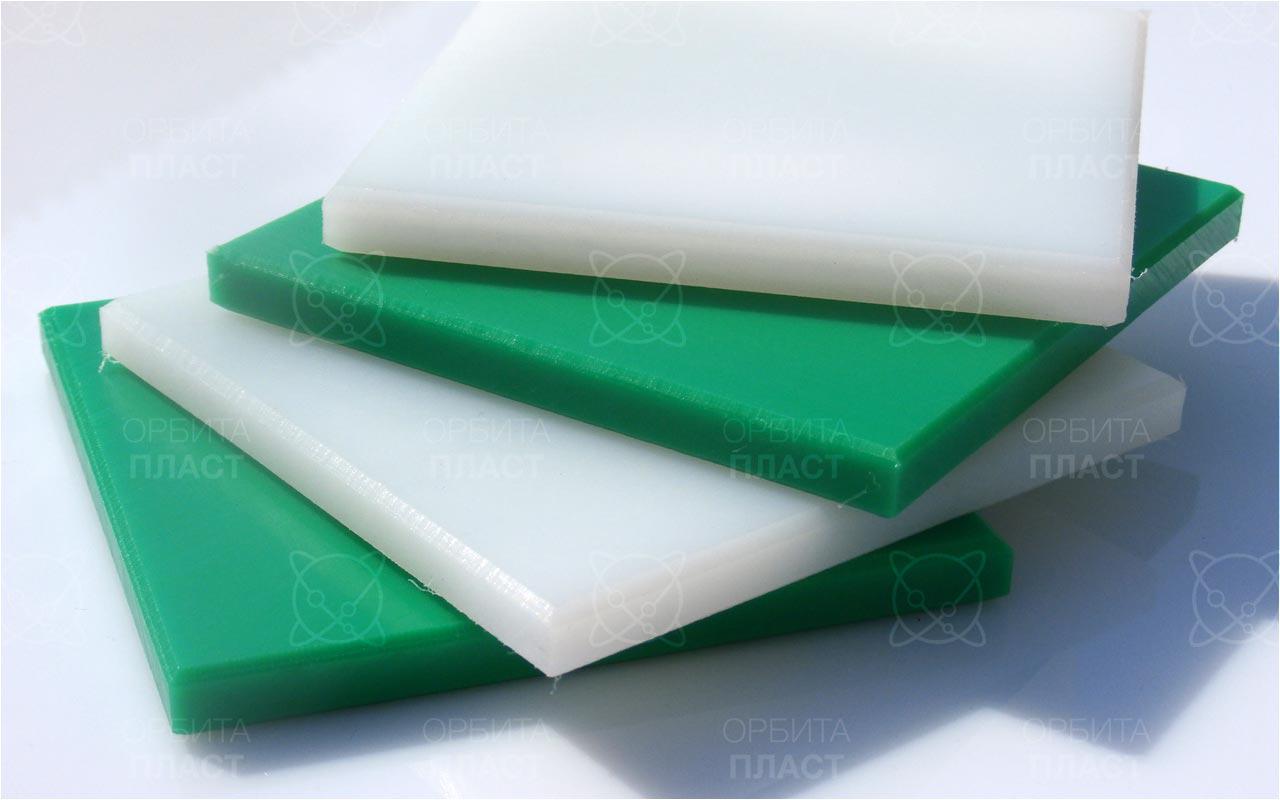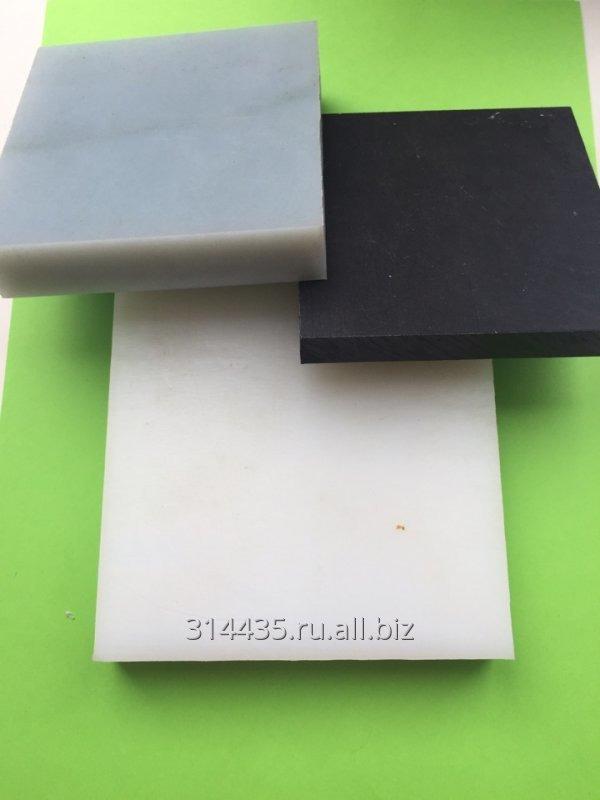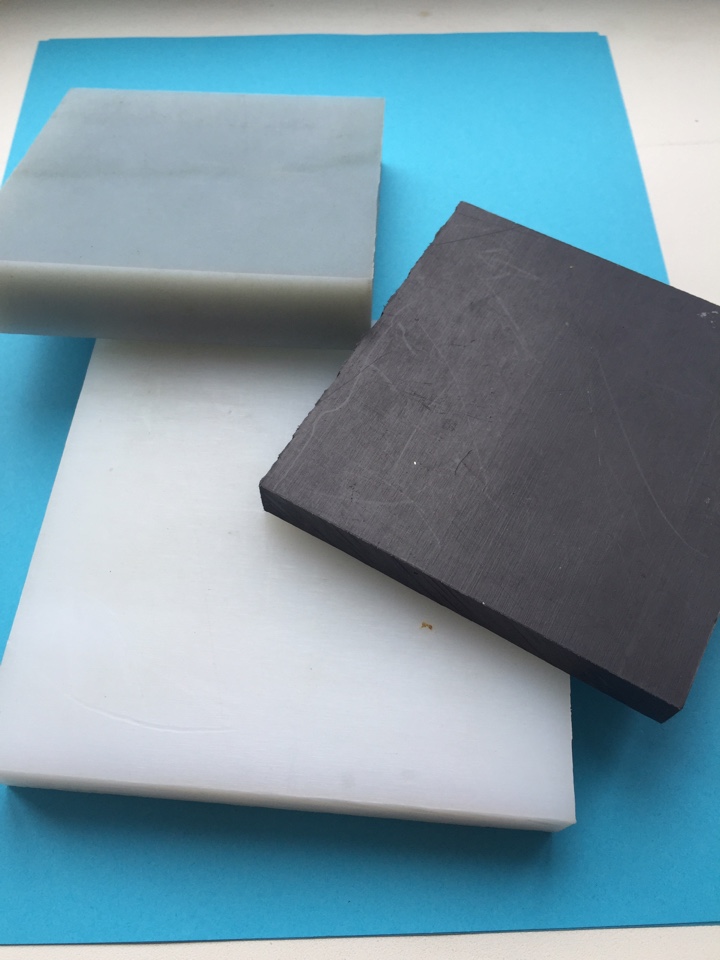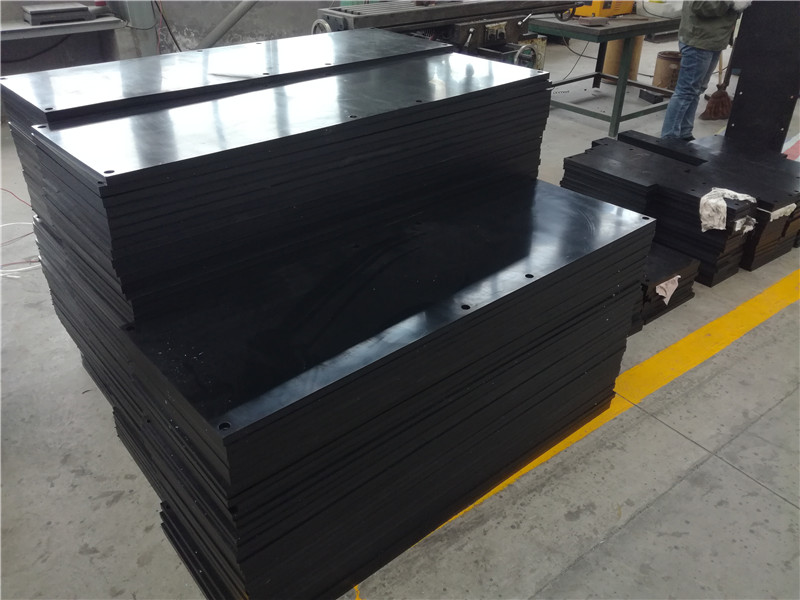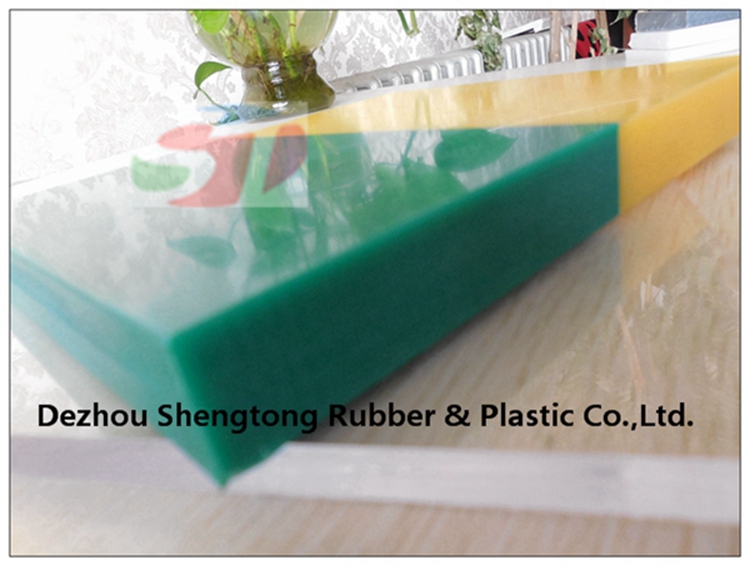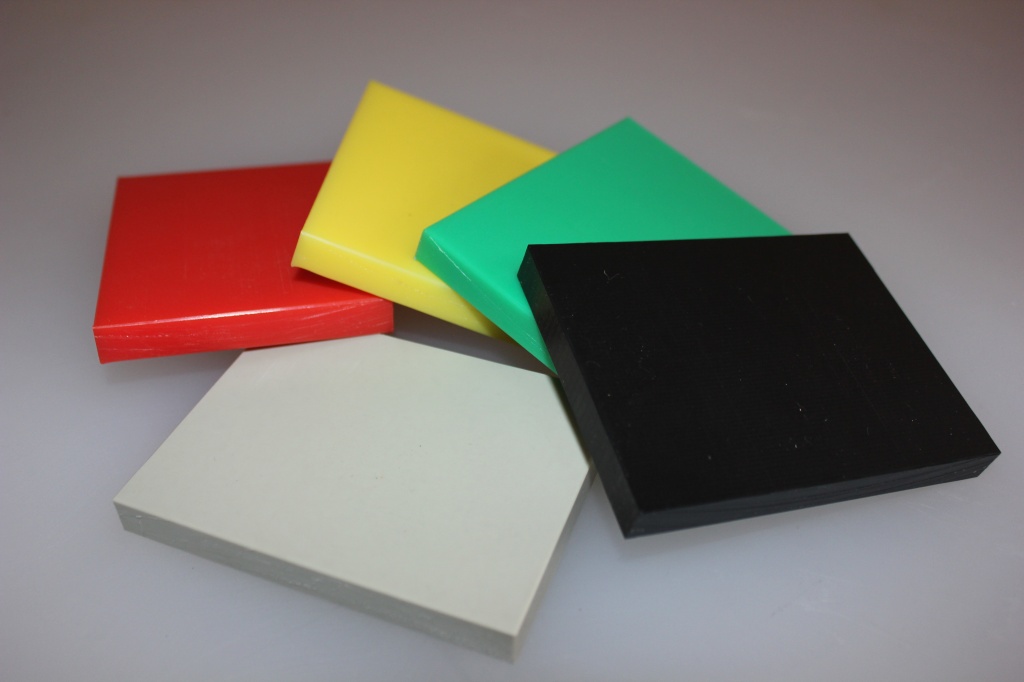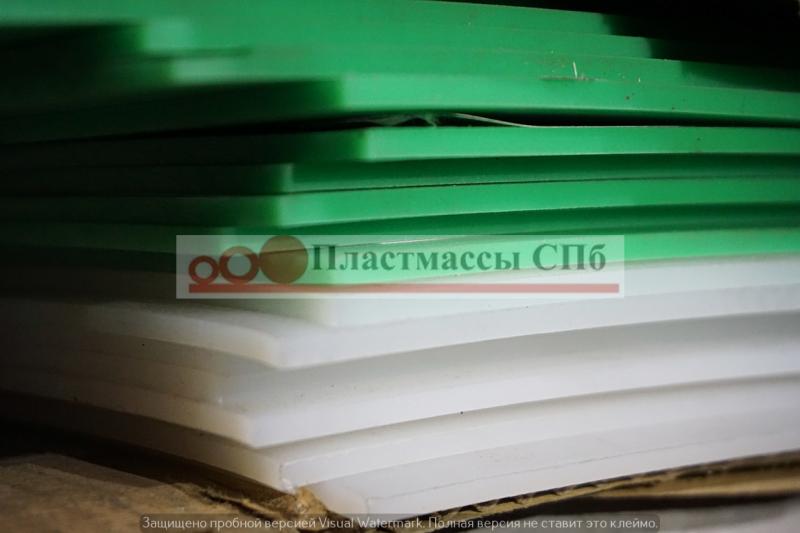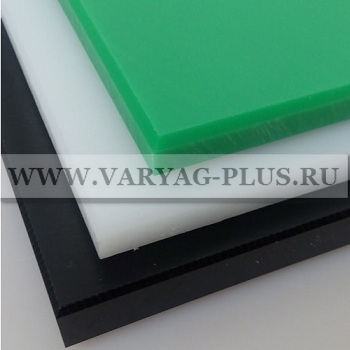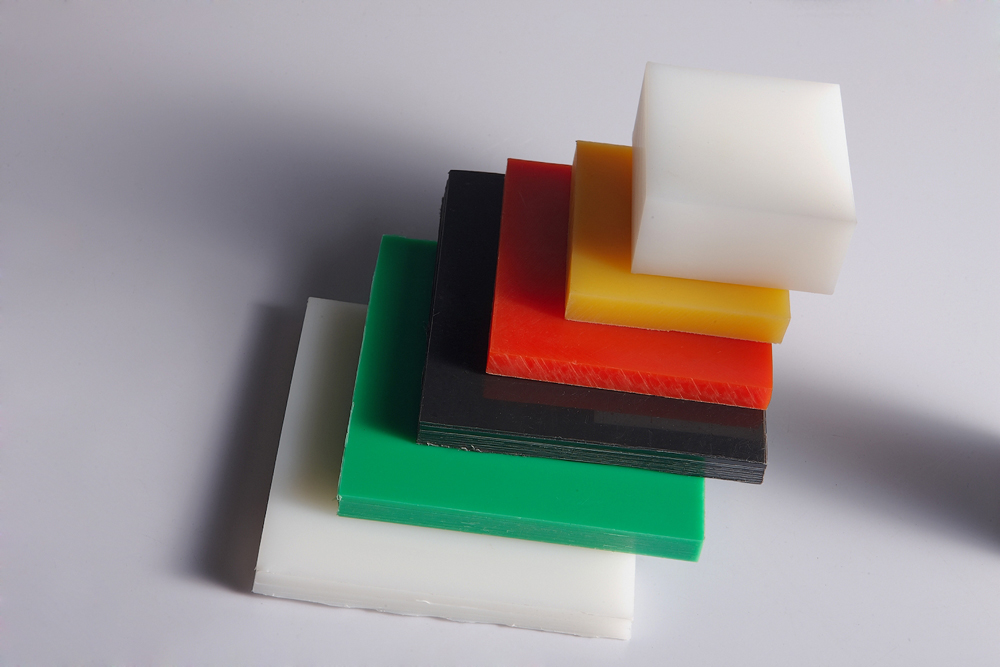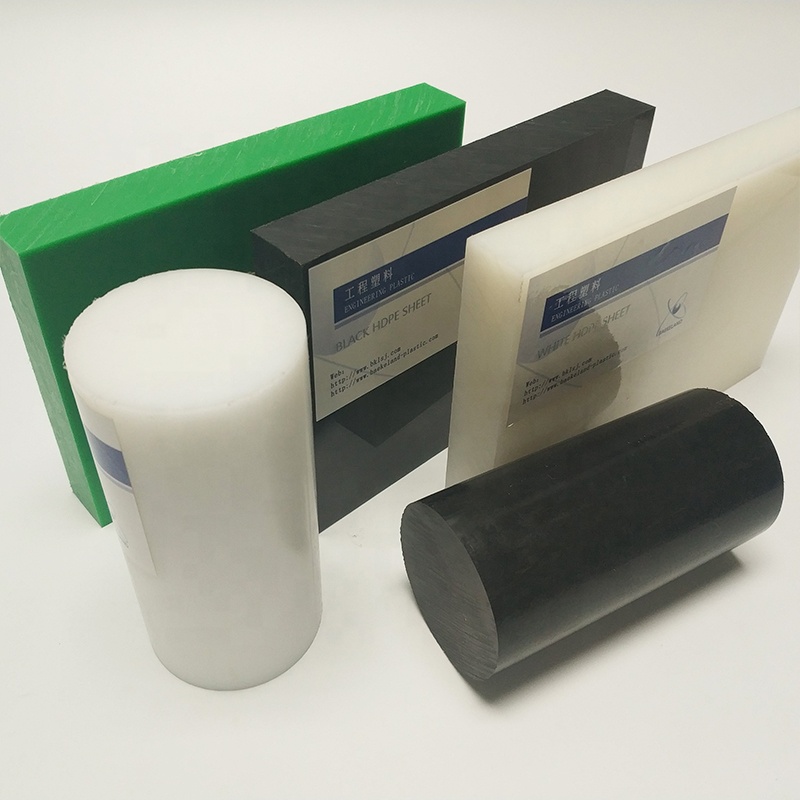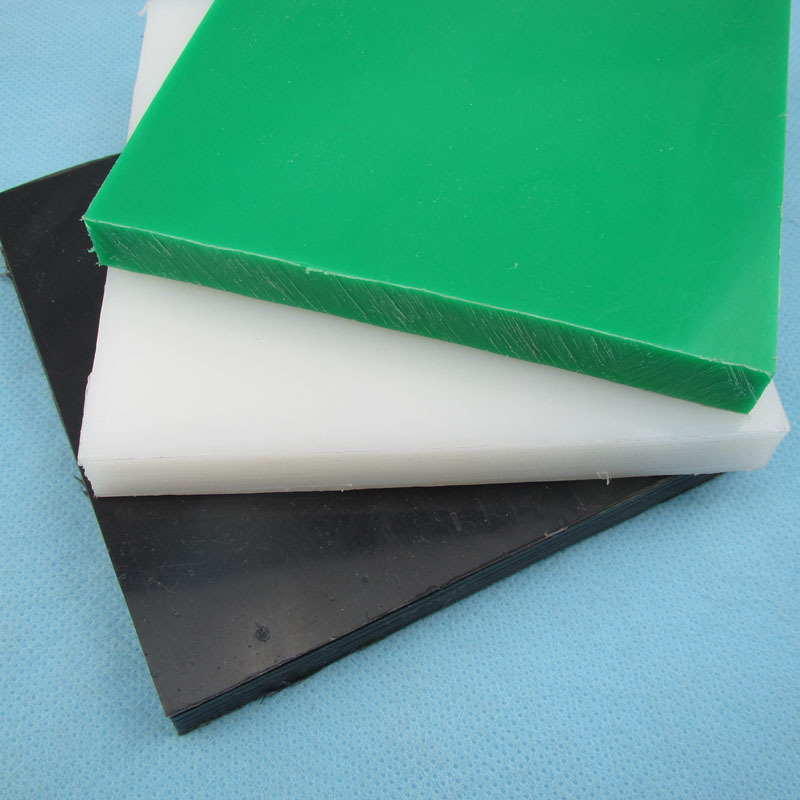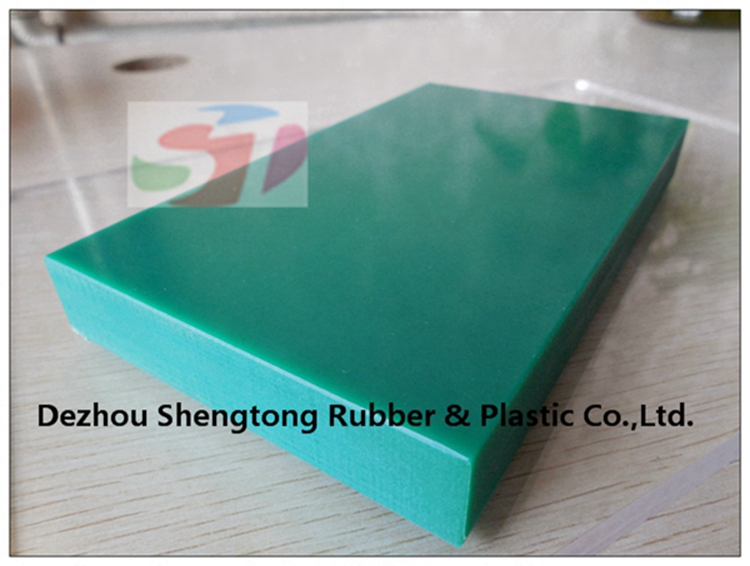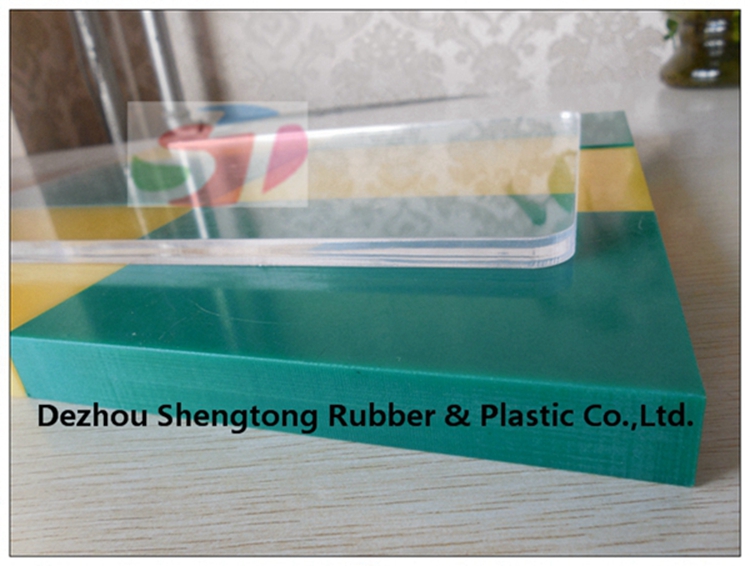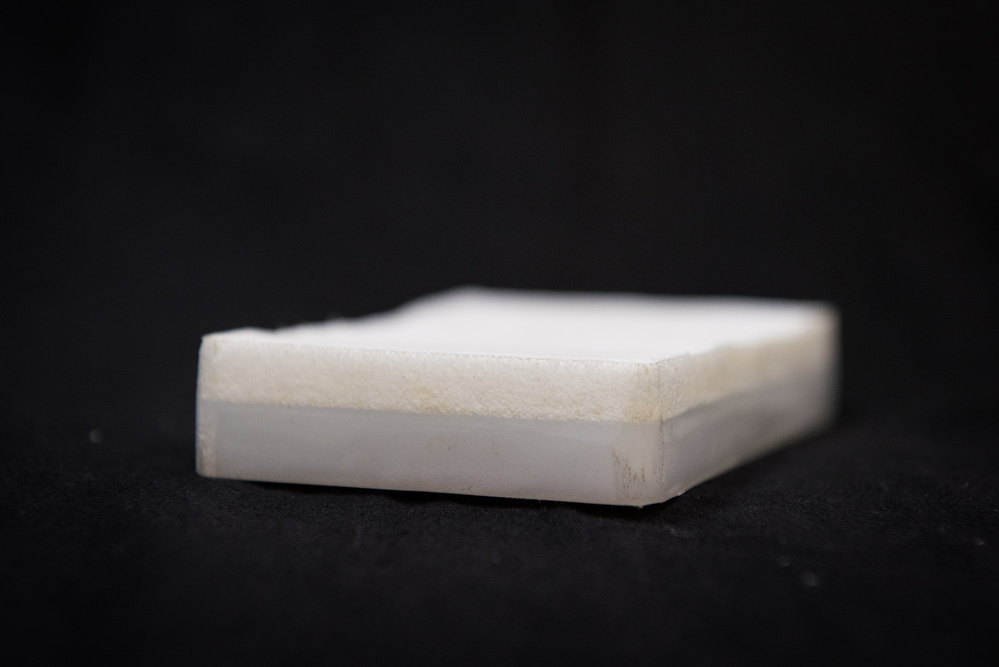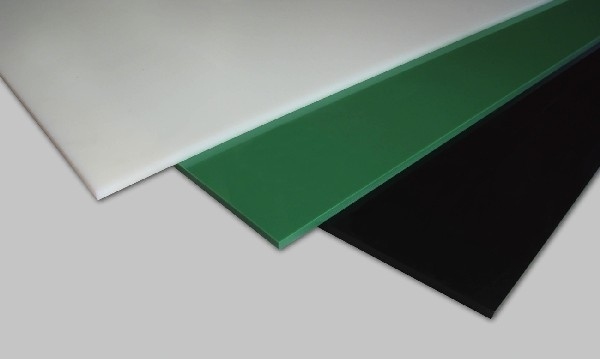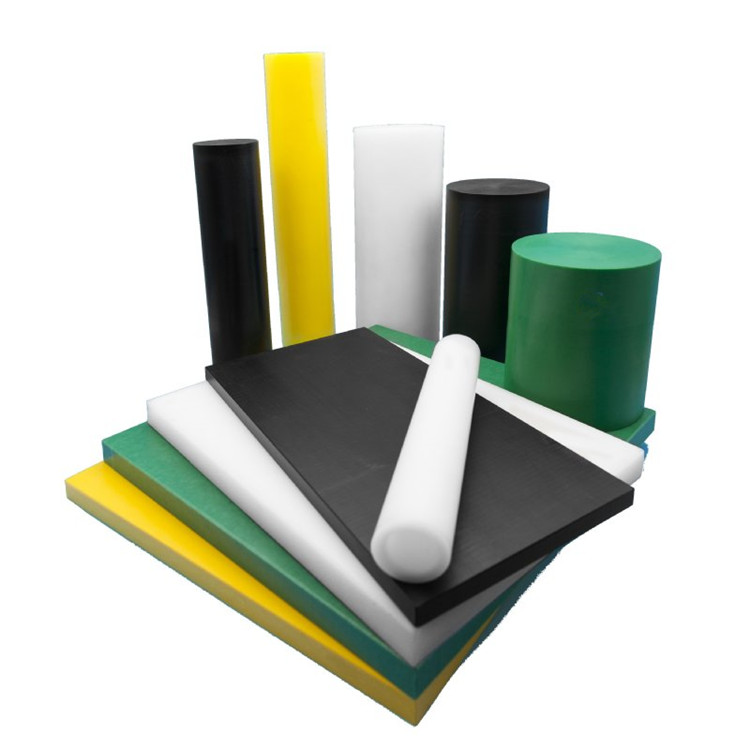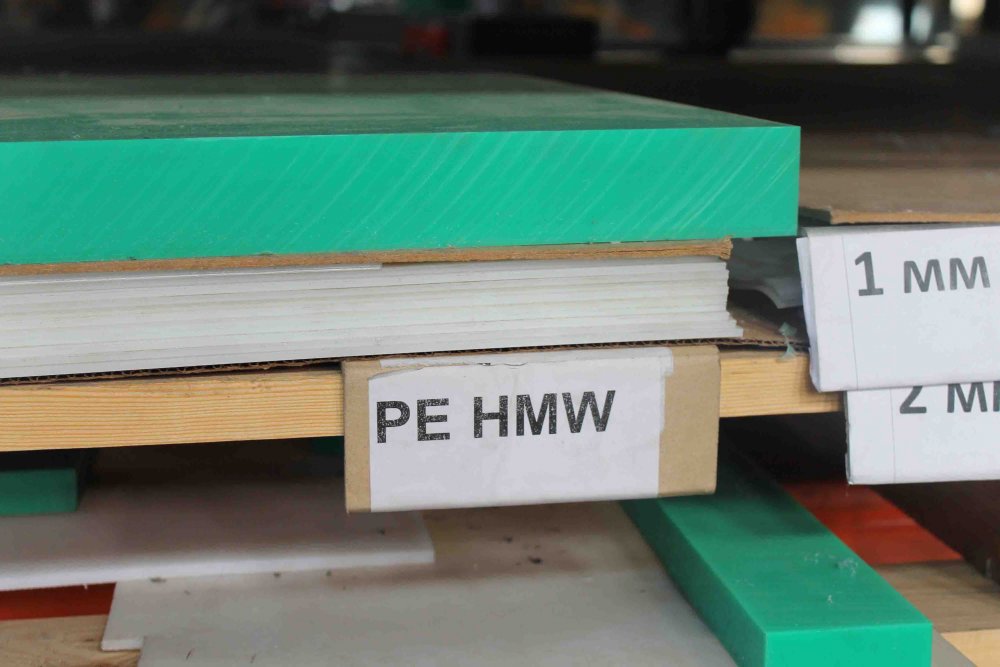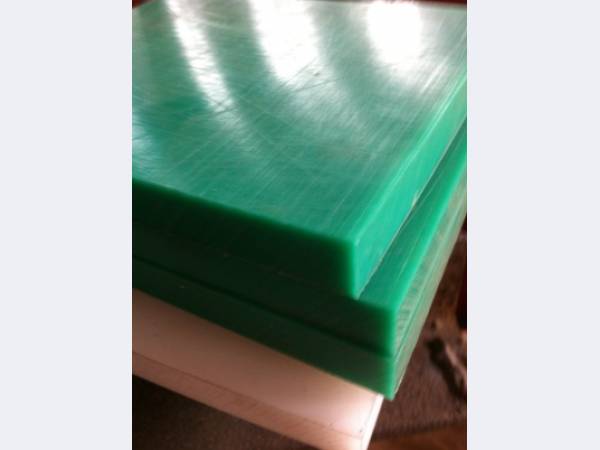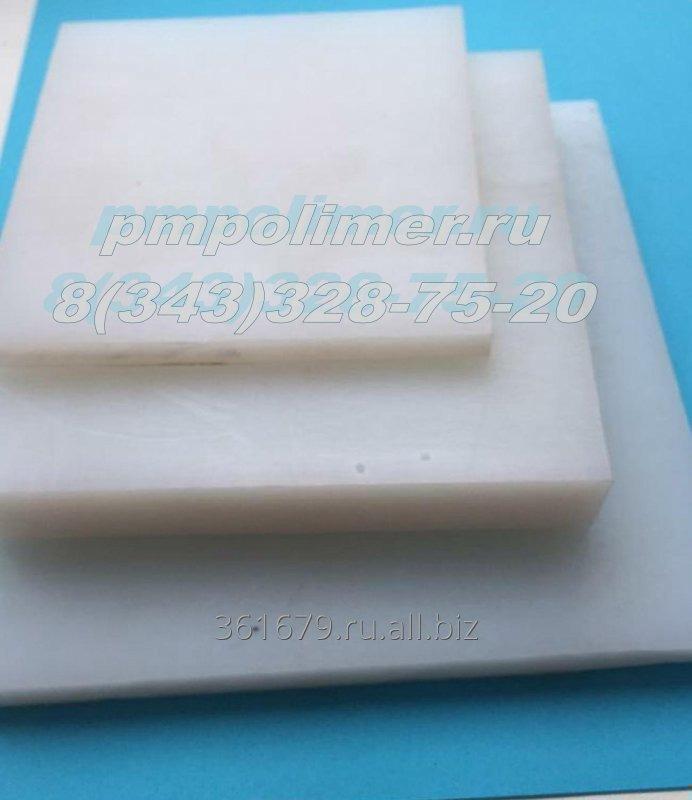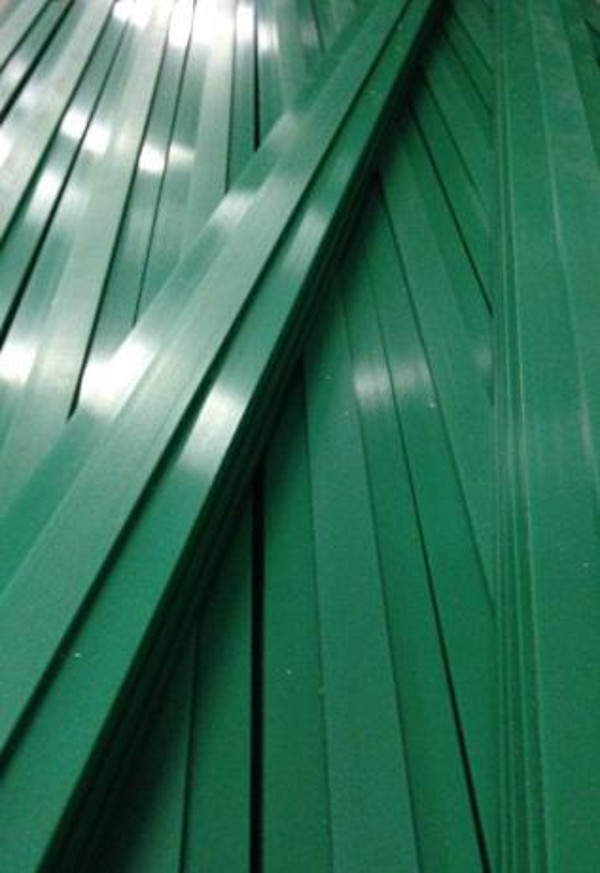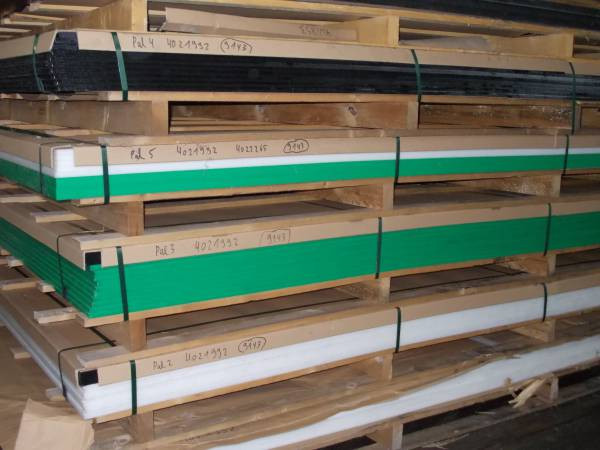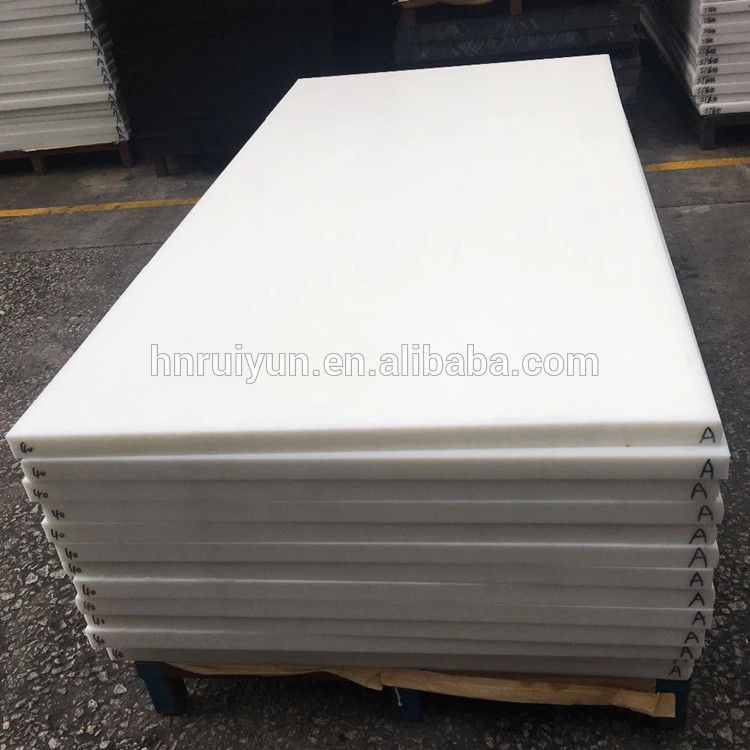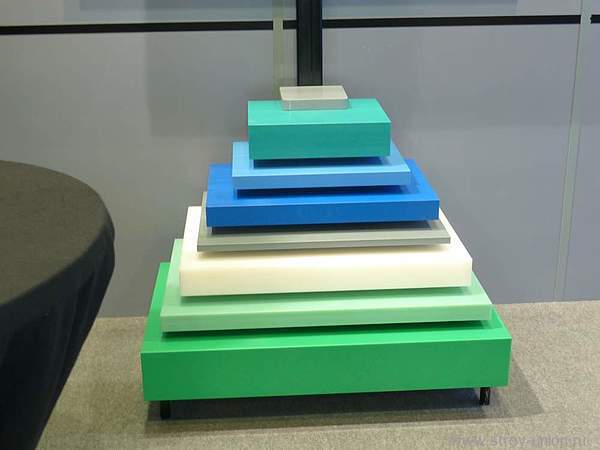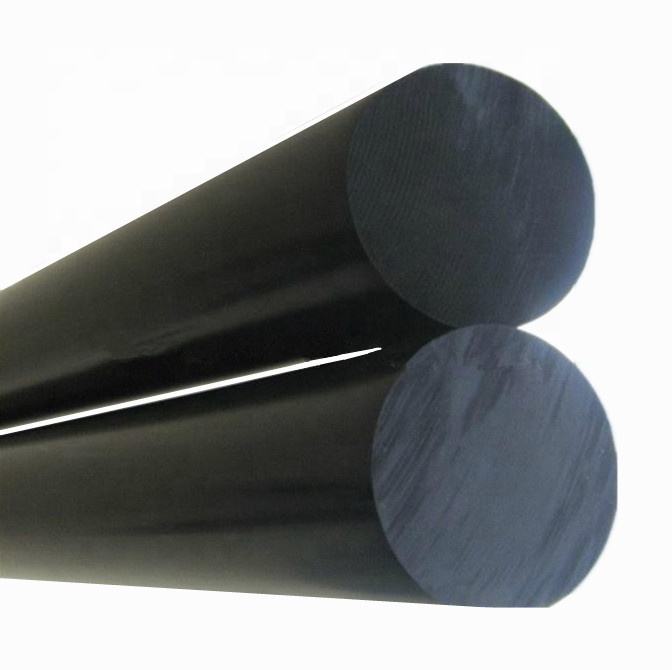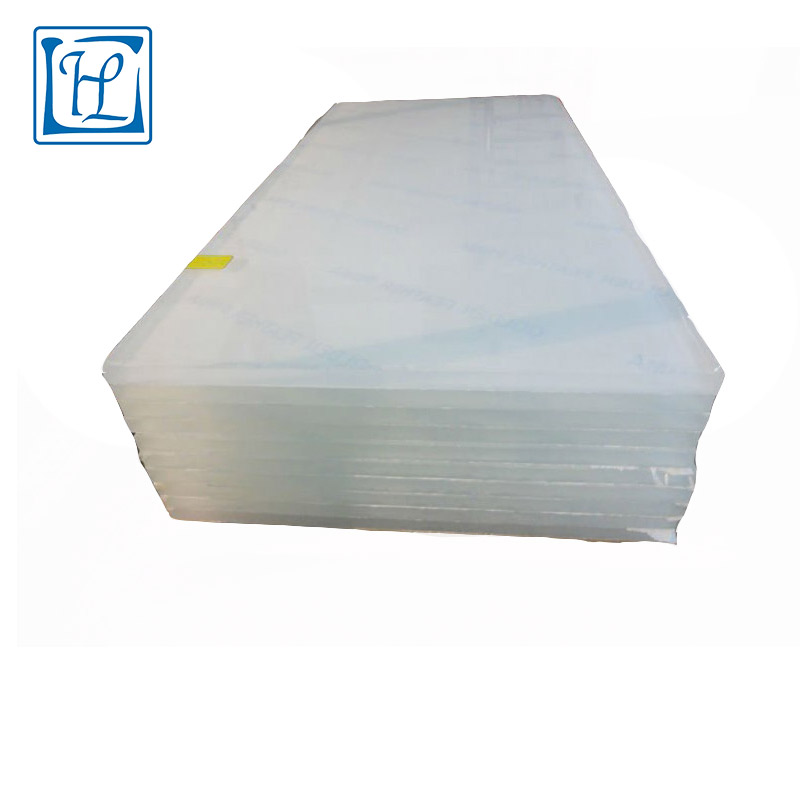Application
In military affairs: creation of body armor based on UHMWPE fibers (ballistic vests, bulletproof vests) of various protection classes, helmets. In the manufacture of fabrics from UHMWPE fibers are applied at different angles (multiaxial fabric from layers of unidirectional UD - UniDirectional veneer), which increases the strength of the multilayer package.
- In mechanical engineering (paper machines, etc.): the coefficient of friction of products and the wear resistance of UHMWPE is close to that of fluoroplastics, at a much lower cost. UHMWPE parts are used for seals in hydraulic and pneumatic systems and in dry friction units.
- In electrical engineering: insulators, cable insulation, etc.
- In transport, shipbuilding: UHMWPE panels are lined with shipyard slipways. Ropes and ropes are used for towing, mooring and anchoring devices on ships: at the same time, the strength and wear resistance of such ropes per unit mass is higher than that of some steel grades, their properties do not change when wet, such ropes do not sink in water and do not need lubrication ... Especially known are cables made of UHMWPE fibers "Dyneima" ("DSM", the Netherlands), "Spectra" ("Honiwell", USA).
- In sports: anti-knock protection in fencing, parachute lines, fishing line, cables for mountaineering, in the manufacture of skis and snowboards (in combination with carbon fiber, increasing strength and flexibility), synthetic ice (covering for ice sports: hockey, curling) ...
- In medicine for the creation of endoprostheses of joints (hip, knee, vertebrae). Here, "stitched" UHMWPE is mainly used.
- Compound based on UHMWPE, UHMWPE granule. The composition is intended for use in thermoplastic machines as the main polymer or an additive that increases wear resistance, cracking resistance, fracture toughness, low temperature reliability, and chemical resistance. UHMWPE granules: sheets, plates, plates, film, pipe, sheath for cable products, profile.
- UHMWPE pipe. These are wear-resistant pipeline systems for specific operations of moving abrasive materials: minerals, coal, feed, waste; in-plant pipelines of waste, suspensions, pastes, etc., of technological streams.
- UHMWPE fabrics are also used for the production of injury-resistant gloves in sports, medicine, and industry (cut-resistant gloves, wear-resistant gloves).
Advantages and disadvantages
The material has a number of significant advantages. The main advantages are as follows:
- excellent resistance to wear and mechanical abrasion; high density polymer has high impact resistance;
- resistance to cracks, chips and other types of deformation;
- resistance to temperature fluctuations, due to which the material is allowed to operate both at excessively high and at minimum temperature indicators;
- resistance to moisture and aggressive substances (except for oxidants); this feature is achieved due to the absence of amides, esters or hydroxyl groups in the material, which are susceptible to chemically aggressive substances;
- resistance to solar radiation;
- high hygienic properties - the material is not susceptible to attacks by pathogenic microorganisms; fungus and mold do not form on it;
- good electrical insulating and dielectric ability;
- PE-500 polyethylene has excellent weldability;
- radiation resistance.
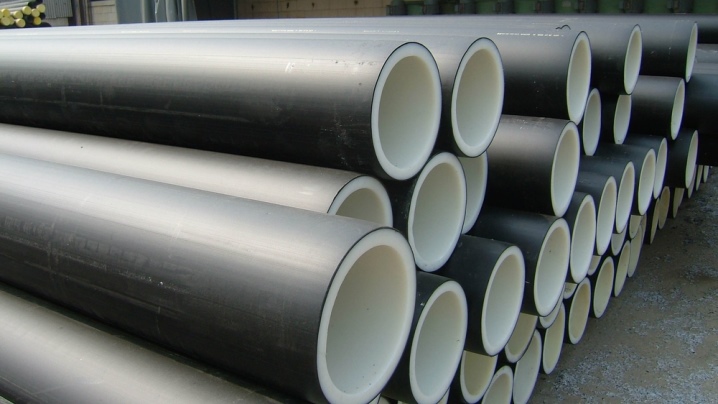
High molecular weight polyethylene is relatively new.It is produced by 2 domestic enterprises (Tomskneftekhim and Kazanorgsintez). Manufacturing technology is complex and costly, which affects the cost of the finished product.
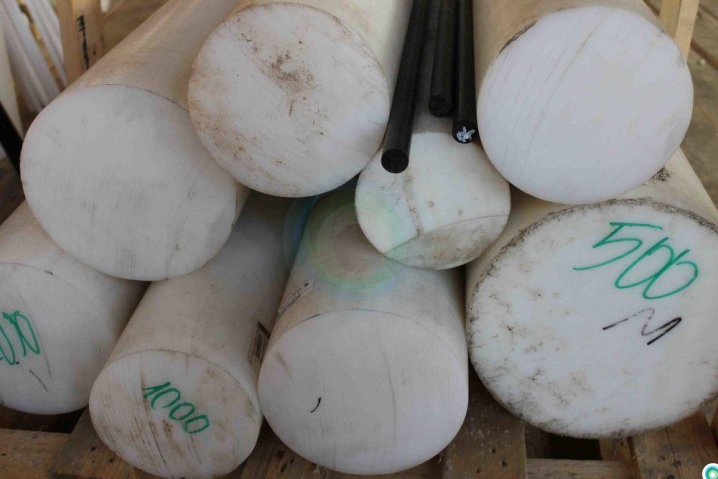
Processing methods
High molecular weight polyethylene is manufactured according to standards corresponding to GOST 16338-85. The production uses the method of ethylene synthesis under the influence of metallocene catalysts. At the moment, there are several known methods of polymer processing.
Sintering and hot pressing
Thanks to these methods, large-format monolithic polyethylene, plates and cylinders are obtained. In the process of further machining, planed strips and various mechanisms for equipment are obtained from them. The production technology implies cold pressing of the polymer powder into blanks and their subsequent sintering at a temperature of +200 degrees. As a result of heat treatment, semi-finished products are obtained - monoliths, plates and blocks.
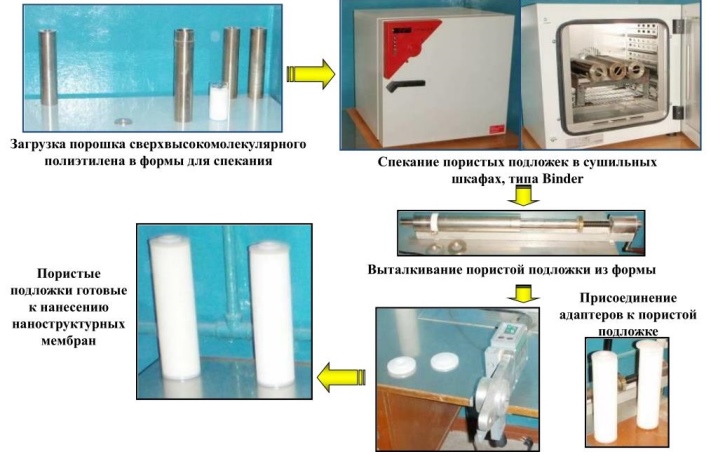
Plunger extrusion
The production process consists in melting the feedstock at high temperatures to a homogeneous rubbery mass. From it, using special units with nozzles, rods, pipes or tapes of various lengths are squeezed out.
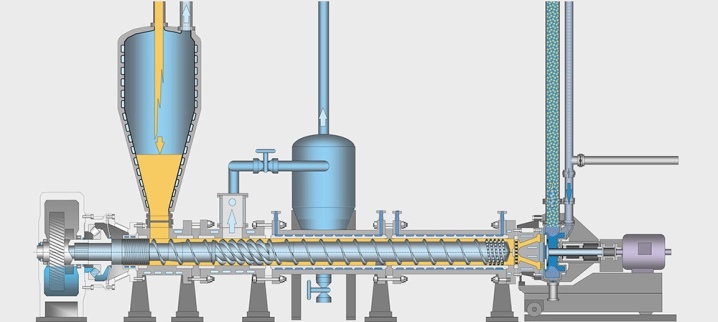
Gel spinning
The manufacturing technology includes several stages: dissolving the feedstock in paraffin oil and forcing the resulting mass through thin holes into water. As a result, yarns are obtained, which are subsequently fired in furnace equipment with simultaneous drawing of fibers and removal of solvent substances. When processed by gel spinning, a super-strong fiber is obtained.

Properties
Due to the structure of the molecules, UHMWPE is a thermoplastic substance with a relatively low melting point (135-190 ° C); therefore, it is not recommended to operate UHMWPE products at temperatures exceeding 80-100 ° C. When heated above the melting point, UHMWPE does not pass into a viscous-flowing state, but only into a highly plastic one. The surface of UHMWPE products is smooth to the touch.
UHMWPE has a very low water absorption for organic polymeric compounds, in the range of 0.01-0.05%, which is due to the absence of polar groups (ester, amide, hydroxyl groups) in UHMWPE molecules. Therefore, the properties of UHMWPE do not change when exposed to water (for comparison, in Kevlar, the strength when wet is reduced by 2 times due to the violation of weak hydrogen bonds of amide groups, when drying, the strength is not completely restored). UHMWPE is also resistant to most acids and alkalis, UV and gamma radiation and microorganisms.
The specific gravity of pure UHMWPE is approximately 0.93–0.94, g / cm³ with additives - 0.95 g / cm³. The ratio of tensile strength to weight of UHMWPE is 40% higher than that of aramid compounds of the Kevlar type. In the presence of a long-term static load acting on tension, UHMWPE deforms while there is mechanical stress (this property is called creep).
UHMWPE has a sufficiently high modulus of elasticity in bending - about 1 GPa and a breaking tensile or bending stress of 20-40 MPa (~ 4 kgf / mm²), thus being inferior in breaking stresses to the best high-alloy low-carbon high-purity steels by 50-100 times, and modulus of elasticity - 200 times (for example, tool steel 4X5MFS after low-temperature thermomechanical treatment or ausforming has a fracture stress σb≈250 kgf / mm² and yield point σ0,2≈180-230 kgf / mm²). However, due to the low density, 8–8.5 times lower than that of steels, and high fatigue strength (endurance), UHMWPE products can compete in strength / dead weight with products made of low-strength structural steels and even surpass them.
The main properties of UHMWPE, which determine its use, are very high wear resistance, low coefficient of friction and high fracture toughness (low temperature reliability). So, in terms of wear resistance, UHMWPE surpasses Teflons and even carbon steels in terms of wear resistance at acceptable operating temperatures and some abrasives. The friction coefficient of UHMWPE (on steel) is about 0.1. Impact toughness coefficient - 170 kJ / m2 (with a notch - up to 80 kJ / m2), operating temperatures - from minus 150 ° С or even minus 260 ° С (according to other sources - from minus 80 ° С) to plus 80-90 ° WITH.
What it is?
This material belongs to one of the types of plastic polymerized ethylene. Its feature is elongated linear molecular bonds oriented in the same direction. Such circuits are distinguished by better perception and transfer of loads.
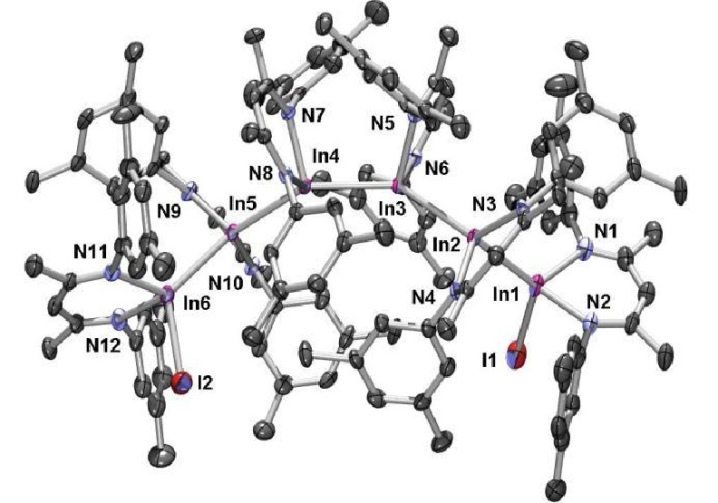
In appearance, high molecular weight polyethylene resembles plastic. It is solid, odorless, and contains no toxic substances. The material is produced by the synthesis of ethylene and metallocene catalysts in low-pressure plants. At the production stage, a color is added to the raw materials to give the polymerized ethylene color.
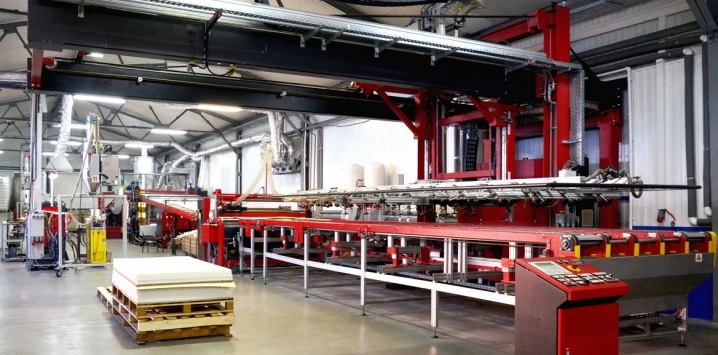
Manufacturers also produce an ultra-high molecular weight (ultra-high molecular weight) polymer with a molecular weight of more than 10,000,000 units. (PE-1000). In terms of strength characteristics, it is several times superior to some grades of carbon and stainless steels.
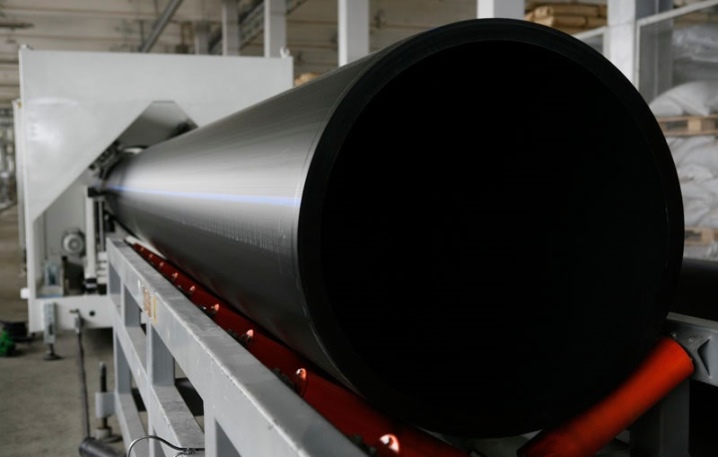
Material properties and characteristics
High-strength polyethylene has long molecular chains that are almost parallel to each other. This structural feature provides high strength indicators. However, weak bonds arise between some molecules, which is why the material cannot be called heat-resistant. Its operating temperatures are up to + 100 ° С. With an increase in temperature indicators to +140 degrees, the polymer melts and turns into a viscous mass.
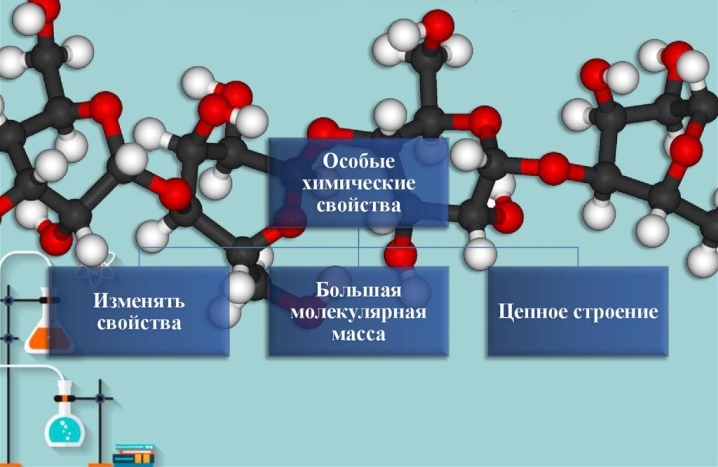
Polymer PE-1000 has the following technical characteristics:
- water absorption - 0.01-0.05%;
- specific gravity - 0.93-0.94 g / cm³;
- flexural modulus - no more than 1 GPa;
- the coefficient of friction is about 0.1;
- impact strength coefficient - 160-170 kJ / m²;
- bending elongation - 8-10%;
- surface resistance - 1014 ohms.
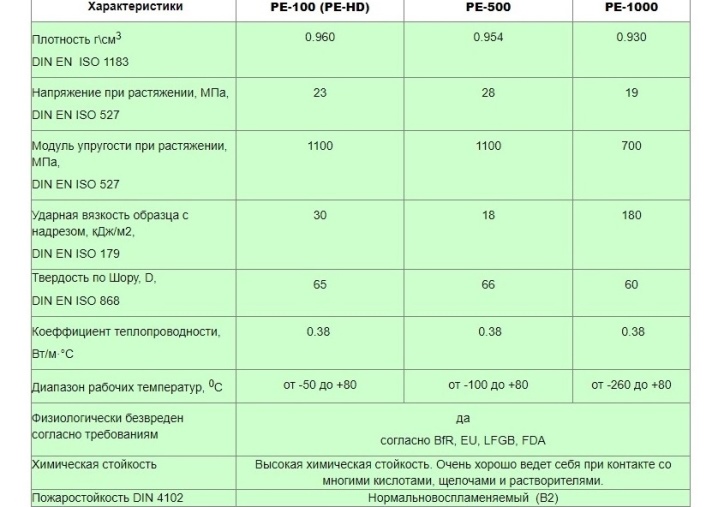
Applications
Due to its unique properties, high molecular weight polyethylene is used in various fields. It is often used as an analogue, replacing various non-ferrous metals, high-alloy steels and other materials.
In medicine
Ultra-strong polymer has been used for the manufacture of implants since 1962. Today, it is used to make prostheses for hip joints in surgery and dental implants in dentistry. The material is used to create various orthopedic products.
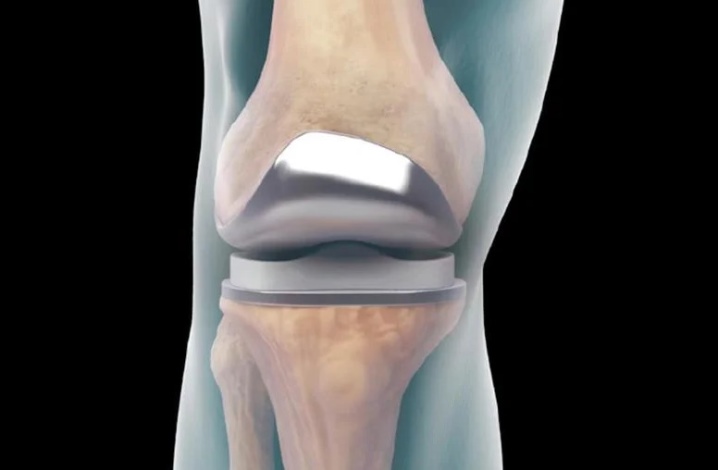
In the chemical, food and light industries
The material is used for the manufacture of equipment and components for food production, containers for storage and transportation of chemically aggressive substances, bottles for cosmetics, barrels, tanks.
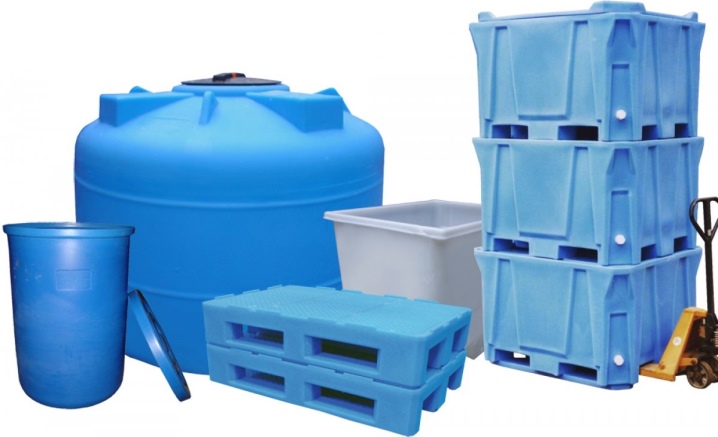
In the military industry
Strong polymer fibers are used to make personal protective equipment for security personnel. In particular, bulletproof vests and helmets are made of them. The resulting armor is lightweight, but at the same time it reliably protects against bullet wounds. And also with the help of this polymer, special equipment is armored.
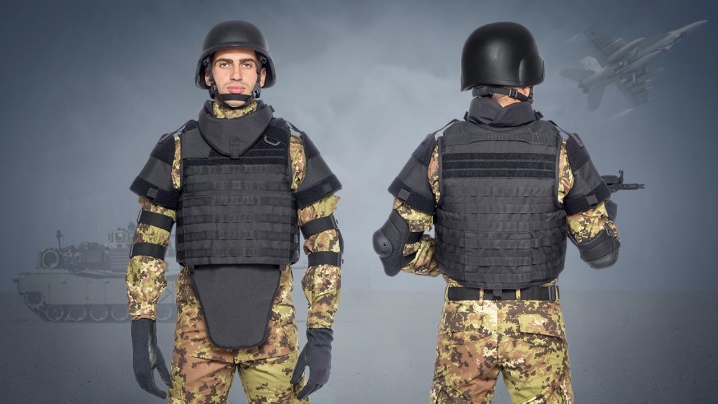
In mechanical engineering
High-strength polyethylene is used for the manufacture of parts operating in hydraulic or oil environments. It is used to produce bearings, bushings, bushings, gears - parts subject to a high degree of mechanical abrasion. Spare parts for pneumatic installations with increased working pressure are made of heavy-duty polymer PE-1000.
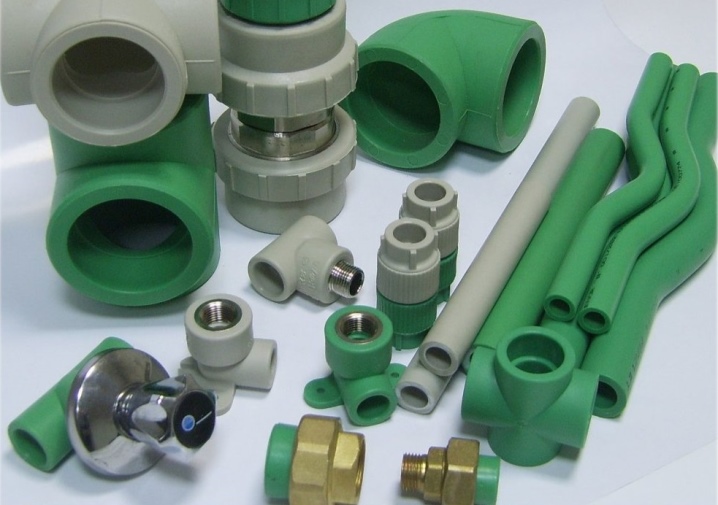
Sports goods and equipment
The material is used in the manufacture of fencing suits, mountaineering uniforms, skis, snowboards.

Numerous consumer goods are made from high-strength polymer. These include floriculture and bathroom furnishings, household items and garden tools. It is used for the production of furniture, children's toys, mobile toilets, and equipment for arranging children's playgrounds.
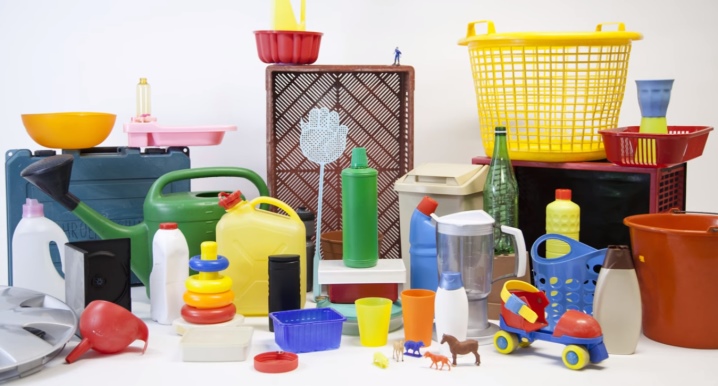
You can find out even more useful information about high molecular weight polyethylene from the video.

